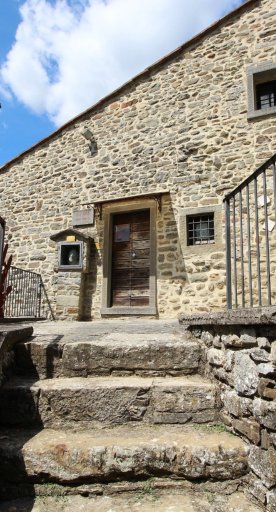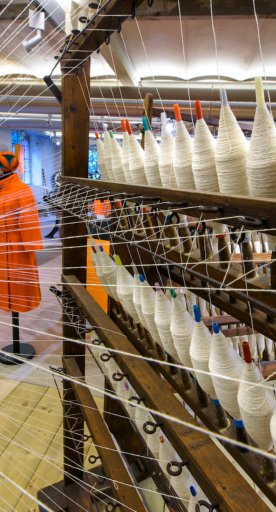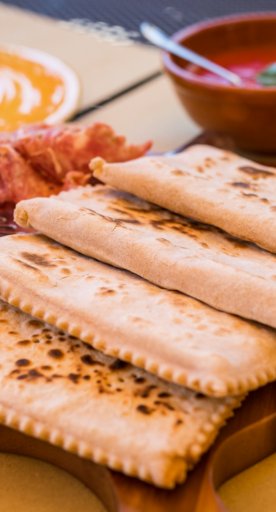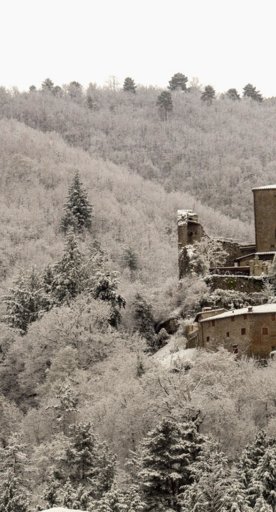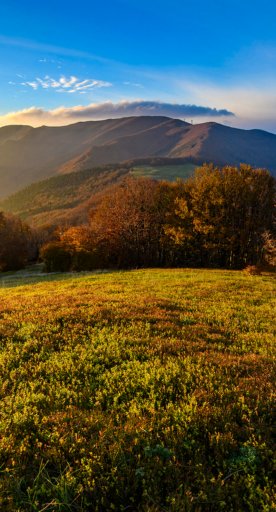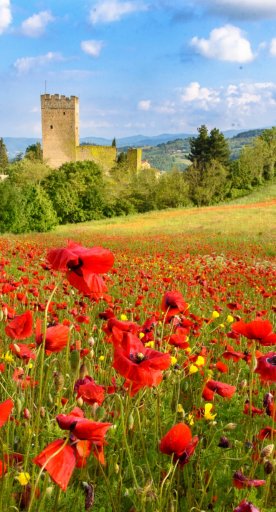The highest part of Talla is a medieval village known as "la Castellaccia", it's home to a picturesque church and a row of small narrow houses next to each other. According to oral tradition, Guido Monaco, reformer of musical notation, was born in Talla. It's no coincidence then, that the "Guido d'Arezzo" Music Museum which is located here is dedicated to him.
In Piazza Licio Nencetti, you can visit the church of San Niccolò built in 1644 by the Compagnia del Sacramento. On the side walls, two stone altars contain seventeenth-century paintings: the one on the left represents the Death of St. Joseph, and the one on the right depicts the Madonna del Rosario with Saints Domenico, Nicola, Francesco, Catherine of Siena, Catherine of Alexandria and Mary Magdalene.
Don't miss the chance to discover the village of Pontenano, known in the past as home to one of the strongest castles in Pratomagno. It's said that during the Punic wars, Hannibal stopped in Pontenano to study the movement of Roman troops while on his way to Arezzo.
Near to Pontenano, by crossing forests and following the course of the capraia canal, you can admire the remains of the Badia di Santa Trinità in Alpe, the first Benedictine monastery in Casentino. Founded between 950 and 961 by two German hermits, Pietro and Eriprando, today the Abbey is nothing more than a fascinating set of ruins that includes the remains of the temple, as well as those of the convent. The church consisted of a single hall with a covered transept with a (now collapsed) barrel-vaulted ceiling. It also featured a large apse whose single mullioned window remains open, almost as a warning.
Other small hamlets to visit are Capraia and Ponte di Sasso and Faltona, oases of tranquility and peace that offer numerous possibilities for excursions to discover the Casentino, especially in the summer.


